Helen Tope reviews Bombshell: The Hedy Lamarr Story, which screened in the PAC cinema from Saturday 28 April to Wednesday 2 May.
A film packed with incendiary ideas, Bombshell: The Hedy Lamarr Story endeavours to put Lamarr’s accomplishments back in the spotlight.
A film-star at her peak during the 1940’s, Vienna-born Hedy Lamarr came to the attention of Hollywood when she starred in controversial film, Ecstasy, in 1933. Appearing nude in several scenes, Lamarr’s notoriety catapulted her to fame. She signed a contract with MGM, and quickly became Hollywood’s latest It Girl.
Her brand of beauty, dark curls and perfectly sculpted features, was tailor made for the silver screen. Lamarr’s look read beautifully in black and white. She worked with industry greats Clark Gable and Spencer Tracy in the 1940 hit Boom Town, and became a beauty icon in her star-crowned role in Ziegfeld Girl.
But behind the scenes, Lamarr was no run-of-the-mill starlet. Interested in science from an early age, Lamarr became an inventor. Blessed with an originality that allowed her to think without constraint, Hedy’s big idea came in 1941. Working with friend George Anthiel, she created the concept of ‘frequency hopping’.
The concept is easy to understand. By changing radio frequencies at random intervals, that frequency becomes an unbreakable code, therefore unreadable by enemy personnel. The applications for military use are quite obvious. Lamarr and Anthiel took out a patent in 1941 and offered it to the US Navy. Their invention was rejected.
Decades later, Lamarr and Anthiel’s invention came to light. The patent had expired, so the idea was free to be used without the inventors being reimbursed for their work. Lamarr’s initial idea of frequency hopping spear-headed the development of digital communications.
The decision to ignore Lamarr and Anthiel’s invention is one of those classic ‘what if’ moments, and its use now, both in military and civilian life, shows how on the money Lamarr really was. It is no exaggeration to say that Lamarr helped to invent WiFi, GPS and Bluetooth. It is an achievement that should have ensured her place in modern science, and yet we still refer to her as Hedy Lamarr, film star. Bombshell attempts to explore what went wrong.
Telling the story through interviews with Lamarr’s family and friends, also included are interview tapes from journalist Fleming Meeks. In a 1990 interview, Meeks talked directly to Lamarr about her childhood, her glamorous life in Hollywood and most crucially, how she made her scientific breakthrough. Lamarr’s voice is rich with experience, and director Alexandra Dean wisely uses it liberally throughout the documentary.
Bombshell is, as you might expect, forensic in its analysis. Not only does it lay bare the questionable choices Lamarr made in her private life; it also highlights her troubled later years. Nearly broke, hooked on pills given to her on-set, Lamarr’s mood swings made her extremely difficult to live with. She become more and more isolated, even to the extent of ostracising herself from her family. Particularly poignant is the story from her granddaughter, who received signed glamour photos from Lamarr, but had no real connection with her.
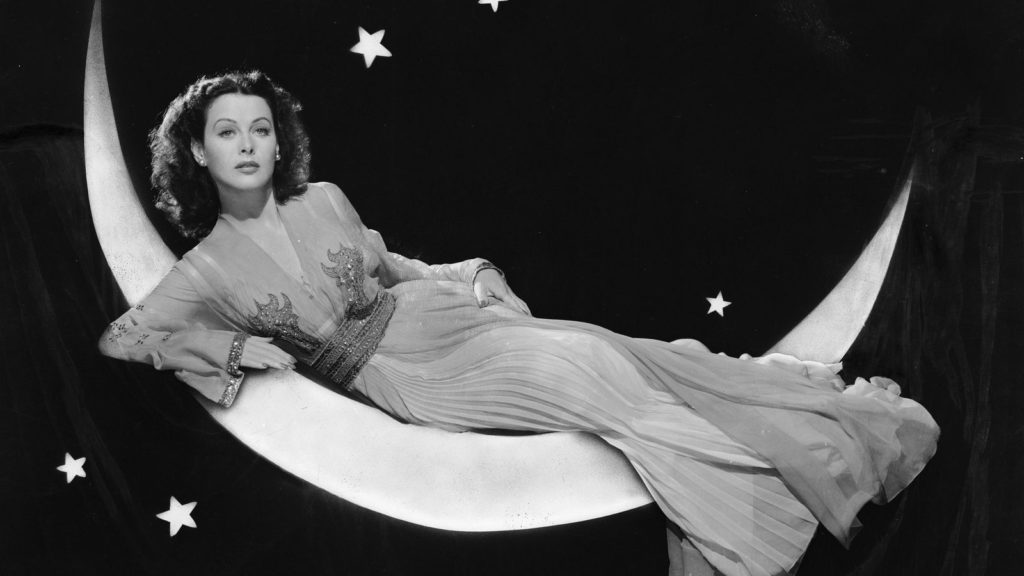
The documentary’s narrative is threaded through with missed opportunities. Some of these are due to the era Lamarr was living in, but others, the film makes clear, are Hedy’s responsibility. A good documentary should be impartial, and Bombshell excels on this point. You may enter the cinema with an image of a star, but you leave with a portrait of a woman. Lamarr’s achievements should be better-known, and hopefully this documentary will go some way to repaying the debt we owe her. Lamarr’s frequency hopping idea is now worth $30 billion. Lamarr never saw a penny of it, thanks to the intricacies of patent law. Her idea, if properly applied, would have made Lamarr’s name as ubiquitous in the tech industry as Gates or Jobs. It is an oversight of astonishing proportions, and the US Navy’s decision to ignore Lamarr’s invention is justly ridiculed.
“Her idea, if properly applied, would have made Lamarr’s name as ubiquitous in the tech industry as Gates or Jobs.”
We think of beauty, especially feminine beauty, as being a passport to all the desirable things in life; fame, success, adoration. But Hedy’s story directly challenges that idea. Her beauty, while giving her plenty of screen time, limited people’s perception of her. She could only be the one ideal: goddess, not inventor. A beautiful woman cannot be both. It is a flip side to beauty that most of us don’t even consider. Lamarr’s progress as a scientist would have been exponentially greater had she been born plain. It is an uncomfortable truth, but at its core is the old narrative – a woman showing promise and potential must be regarded with suspicion. Lamarr’s ideas met with opposition, not just because she was beautiful, but because she was a woman.
Education’s current level of interest in STEM subjects (Science, Technology, Engineering and Mathematics) proves that there is still a need to promote this area, study and career, to girls. I would argue that screening Bombshell in schools would be a great place to start. If they can’t get excited about a woman who was the model for Disney’s Snow White, inventing WiFi, there’s no hope.
Bombshell not only reframes Lamarr’s story, it proposes a fundamental shift in how we look at her. We are not asked to see past her beauty, but to sideline it altogether. For a culture where the worship of beauty is so embedded, this is no simple task. Bombshell asks us, like Hedy, to think radically. See the person, not the face. Lamarr had many faces, but her reality was invention, her ability to create what was not there before. A mind not only of prodigious power, but of true originality, Hedy Lamarr has transformed the way we communicate with each other. It is only now that we are beginning to hear what she had to say.
Helen Tope
@Scholar1977


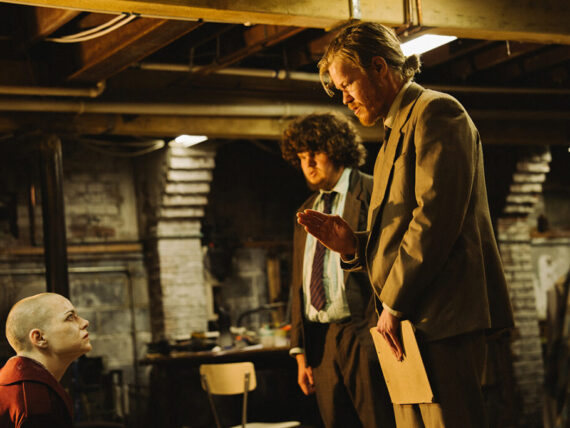

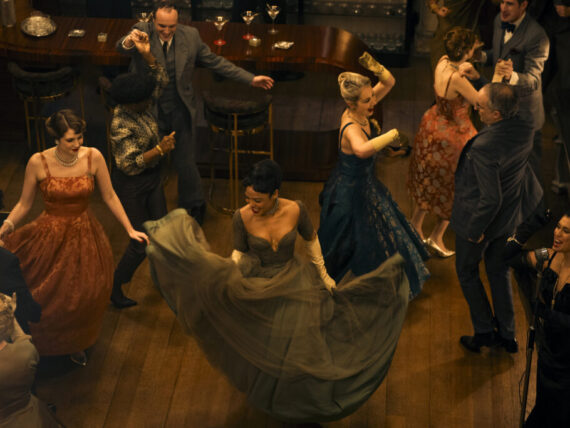
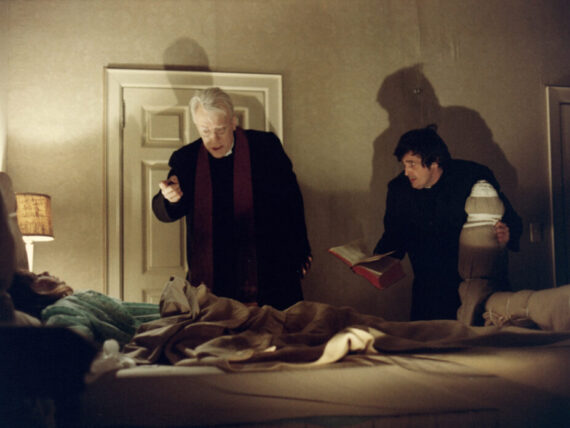
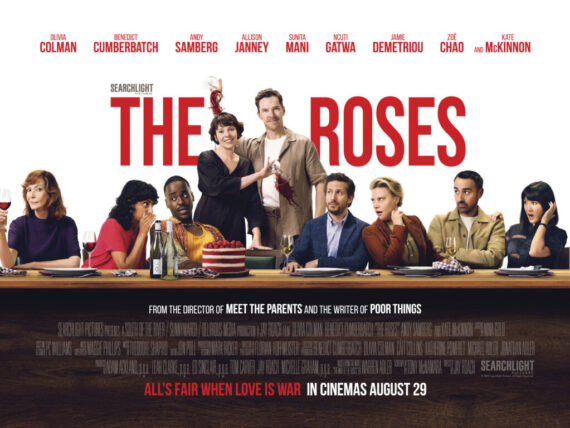
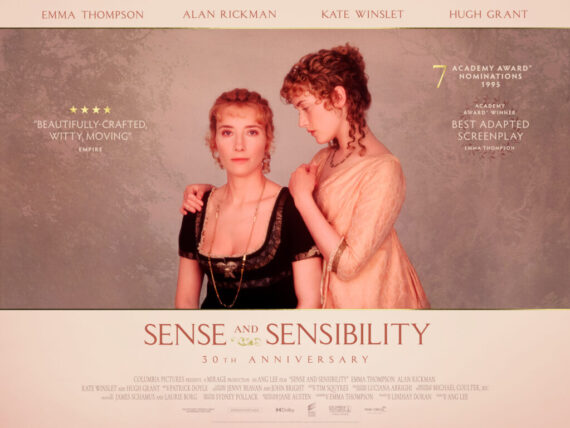

Comments
Comments are closed.